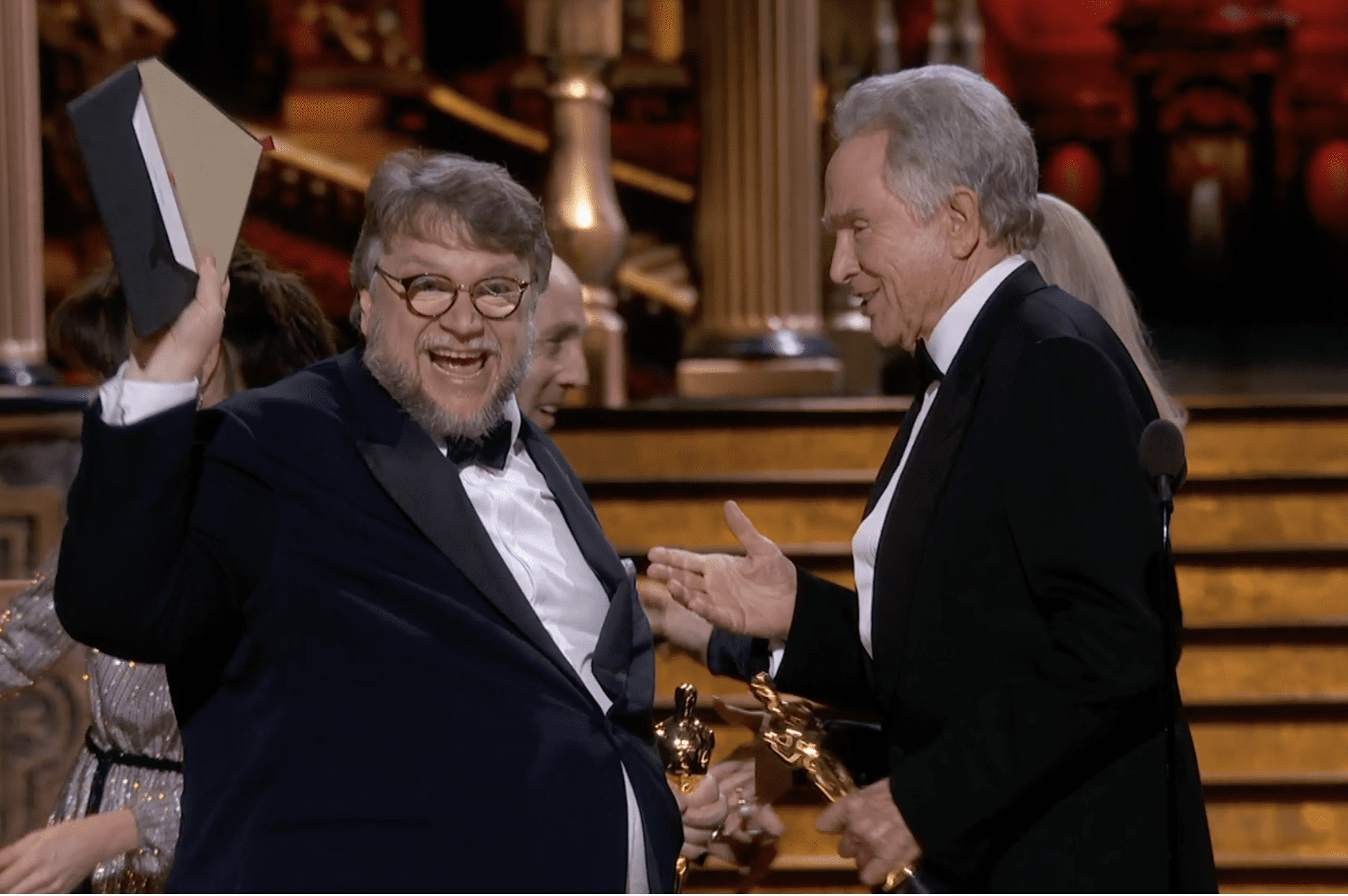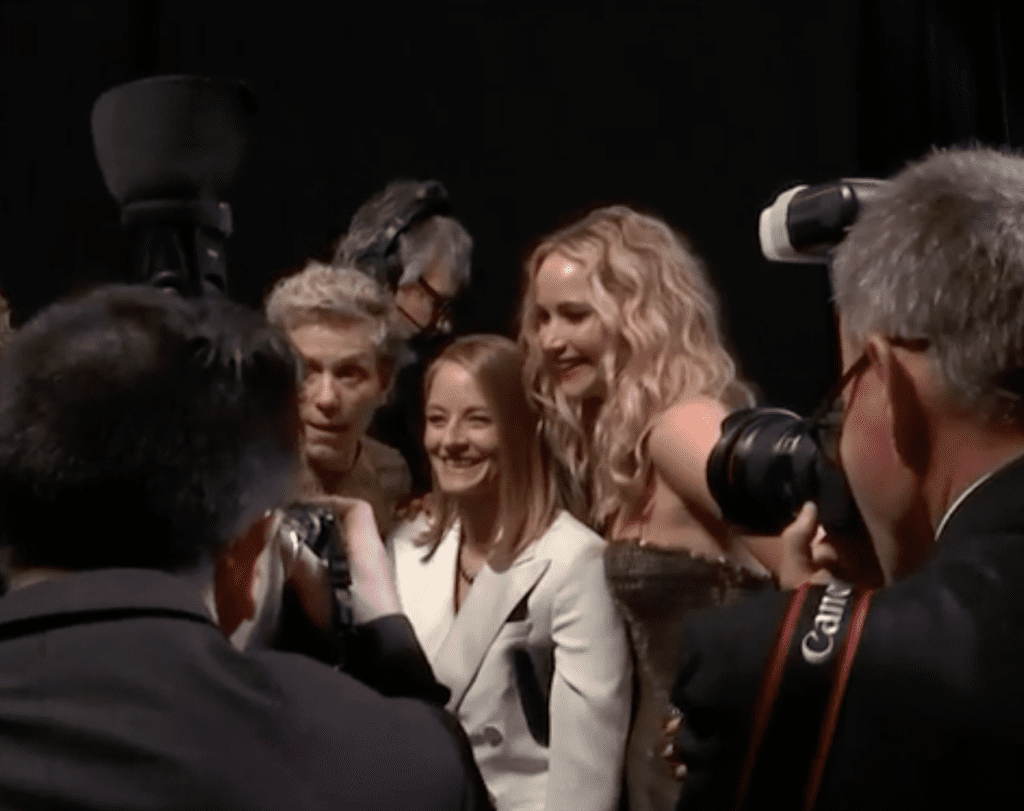It looks like the 90th annual Academy Awards will go down as the least watched in history. Preliminary numbers show that overall viewership will dip below 30 million for the first time ever. Until now, the least watched Oscars telecast occurred in 2008, when the Academy Awards garnered 32 million viewers.
And the numbers appear even worse when you realize that the Oscars have been experiencing a ratings decline for four straight years. By contrast, in 1998, the Academy Awards were watched by 55 million people, an all-time high.
Should the Academy be worried?
My take: the ratings decline is simply a sign of change in the way people experience televised events. In fact, the Academy is already doing what any smart brand should do: adapt.
As we’ve noted on our blog, television continues to present its share of limitations for advertisers. Viewership for major events, such as the Olympics, Super Bowl, and Academy Awards, continues to drop as people shift their viewing habits from sitting in front of their TV sets to multi-tasking with social media and catching snippets of content on their mobile phones. Interestingly, Josef Adalain of Vulture points out that the Academy Awards will continue to be profitable for ABC because it’s still one of the few opportunities for advertisers to share their message with a mass audience.
But the Academy is not simply feeding off a smaller audience. The Academy Awards meet viewers where they are with a number of digital experiences. For example:
- Oscars: All Access makes it possible for fans to get a look at what happens backstage via well placed cameras that catch interesting little moments such as how stars react right after they walk backstage after receiving their Oscars. The All Access feature appeals to people on their phones and laptops who are looking for a fun second-screen experience, especially for cable cord cutters who are shut off from the actual show.
- With social media, the Academy engages fans through Facebook Live broadcasts, contests, and shout-outs to fans who are tracking the show online. On platforms such as Facebook and Twitter, the Academy cranks out a mix of visual content to tell the story of what happens onstage and in the audience. The Academy has turned the Oscars into a year-round brand by using social to keep fans engaged with content. You can even watch Oscar-nominated shorts on the Academy’s YouTube channel.
Advertisers are also adapting. We’ve already seen many instances of businesses creating real-time social media content to capitalize on memorable Oscar moments, while other brands, such as AT&T, have used advertising dollars to sponsor the Academy’s digital content, such as Oscars: All Access.
The Academy Awards offer a lesson to businesses that emerged in the age of linear TV. In the age of digital, you can still have your audience. You just need to meet them where they are. To maximizing the value of our digital spend, contact us. We’re here to help.

